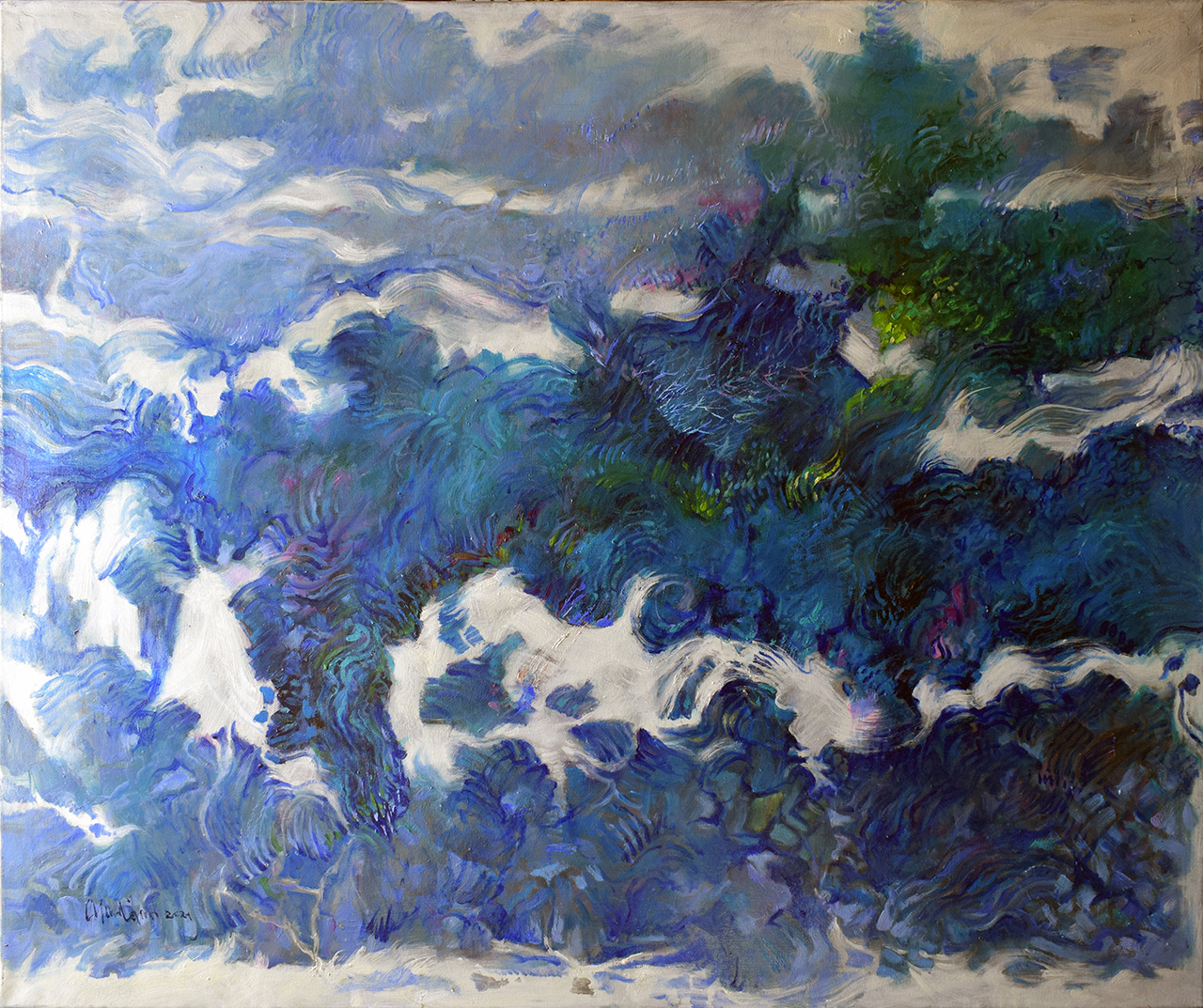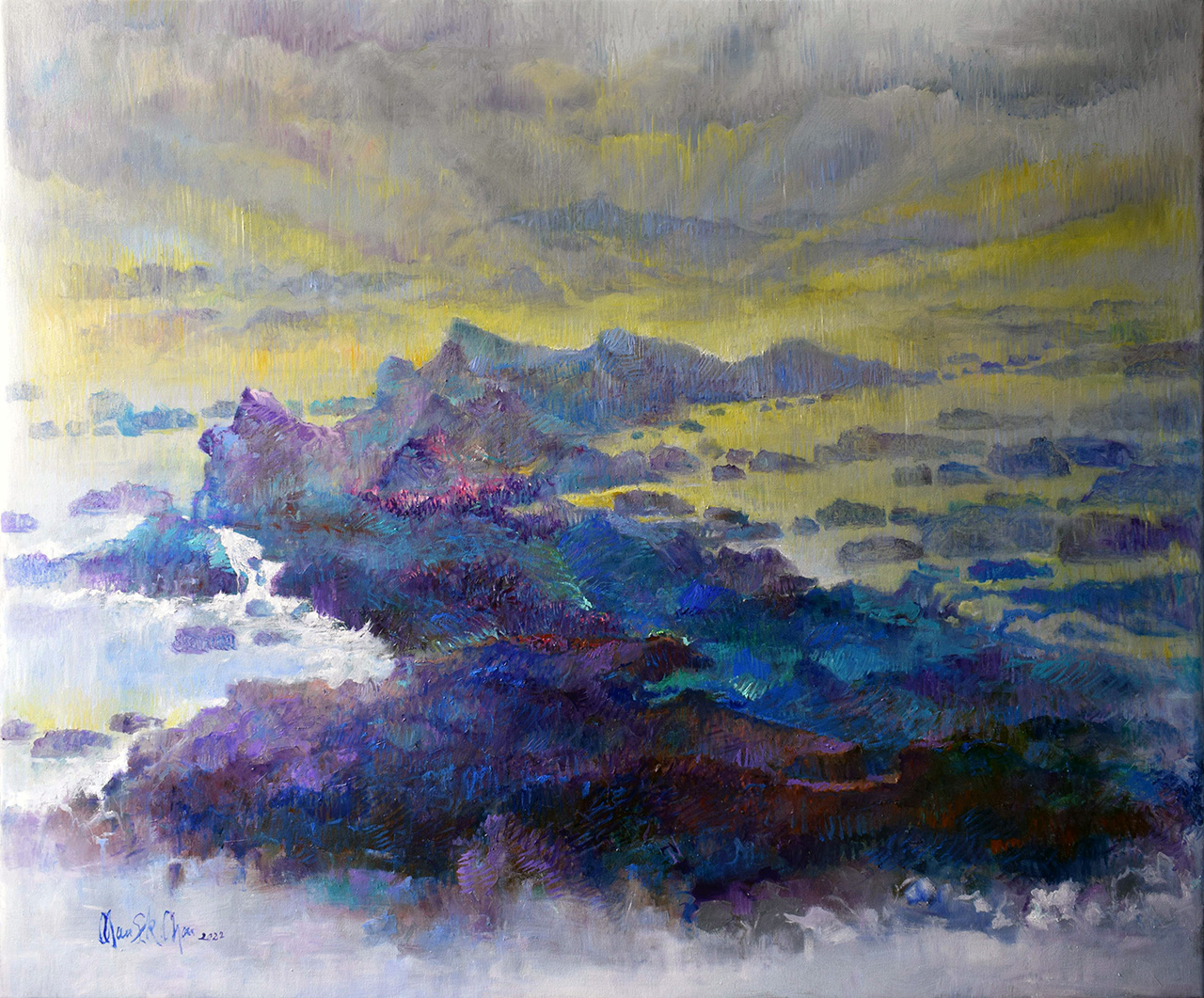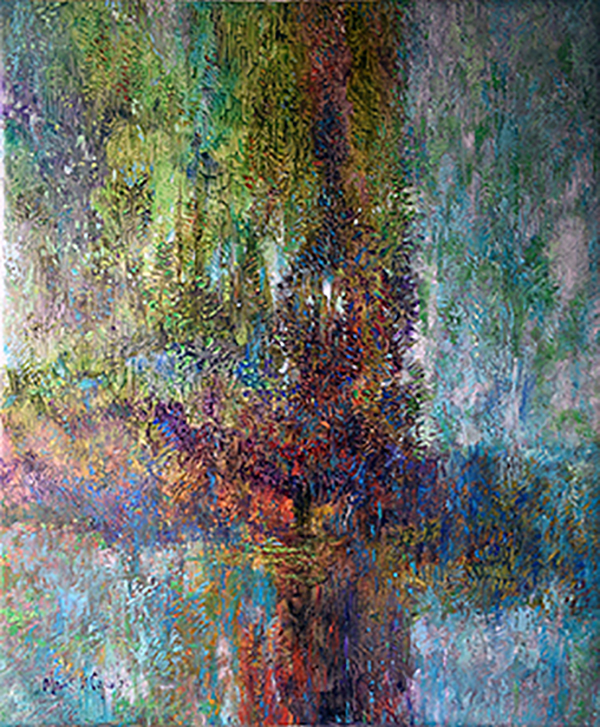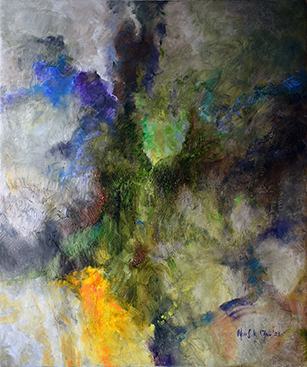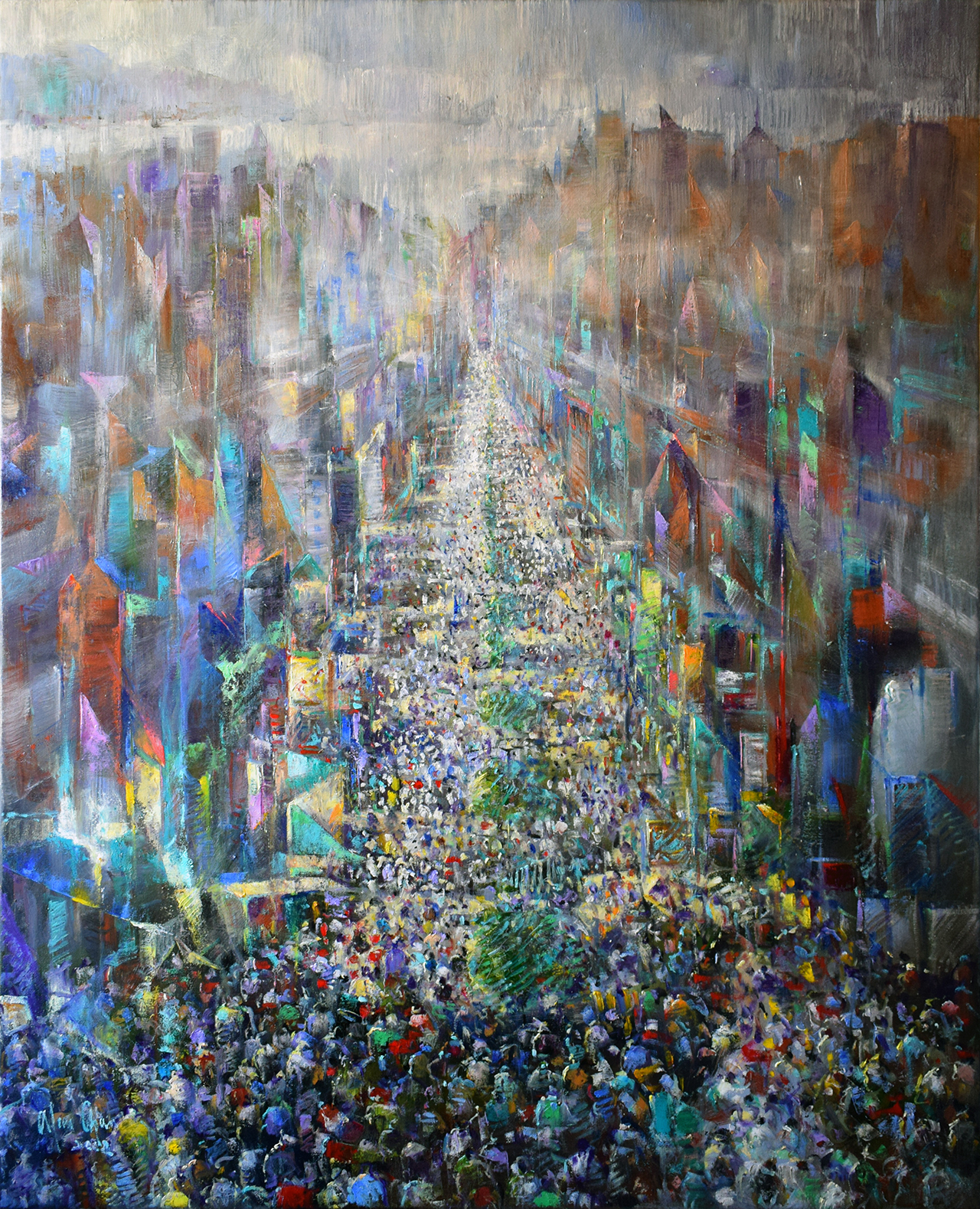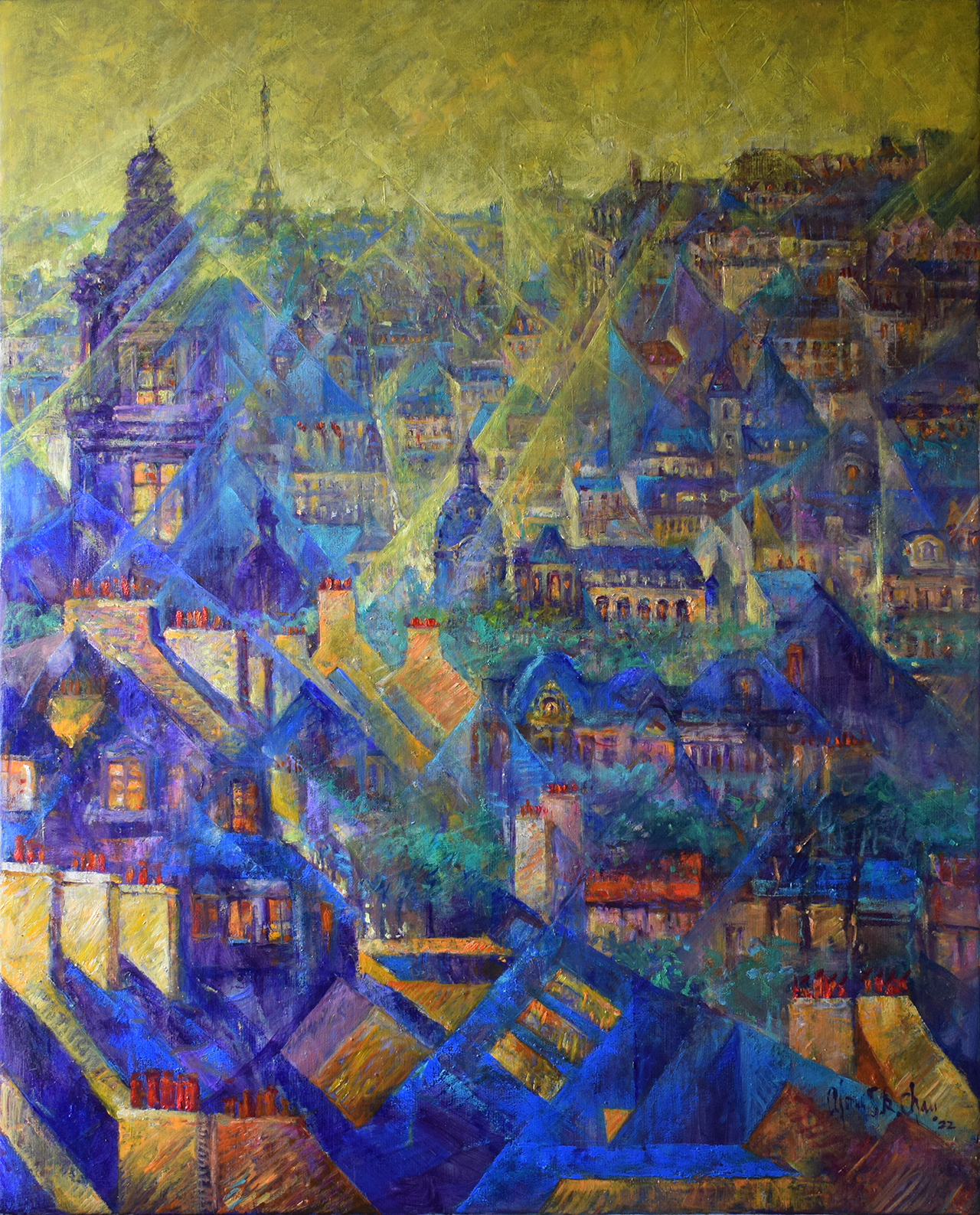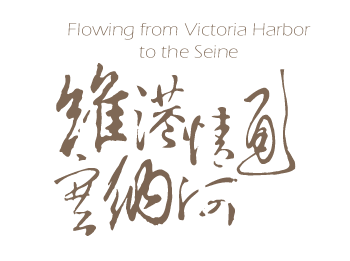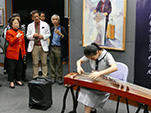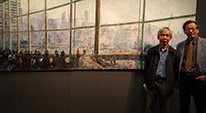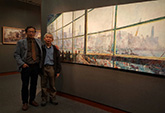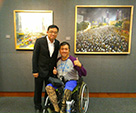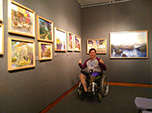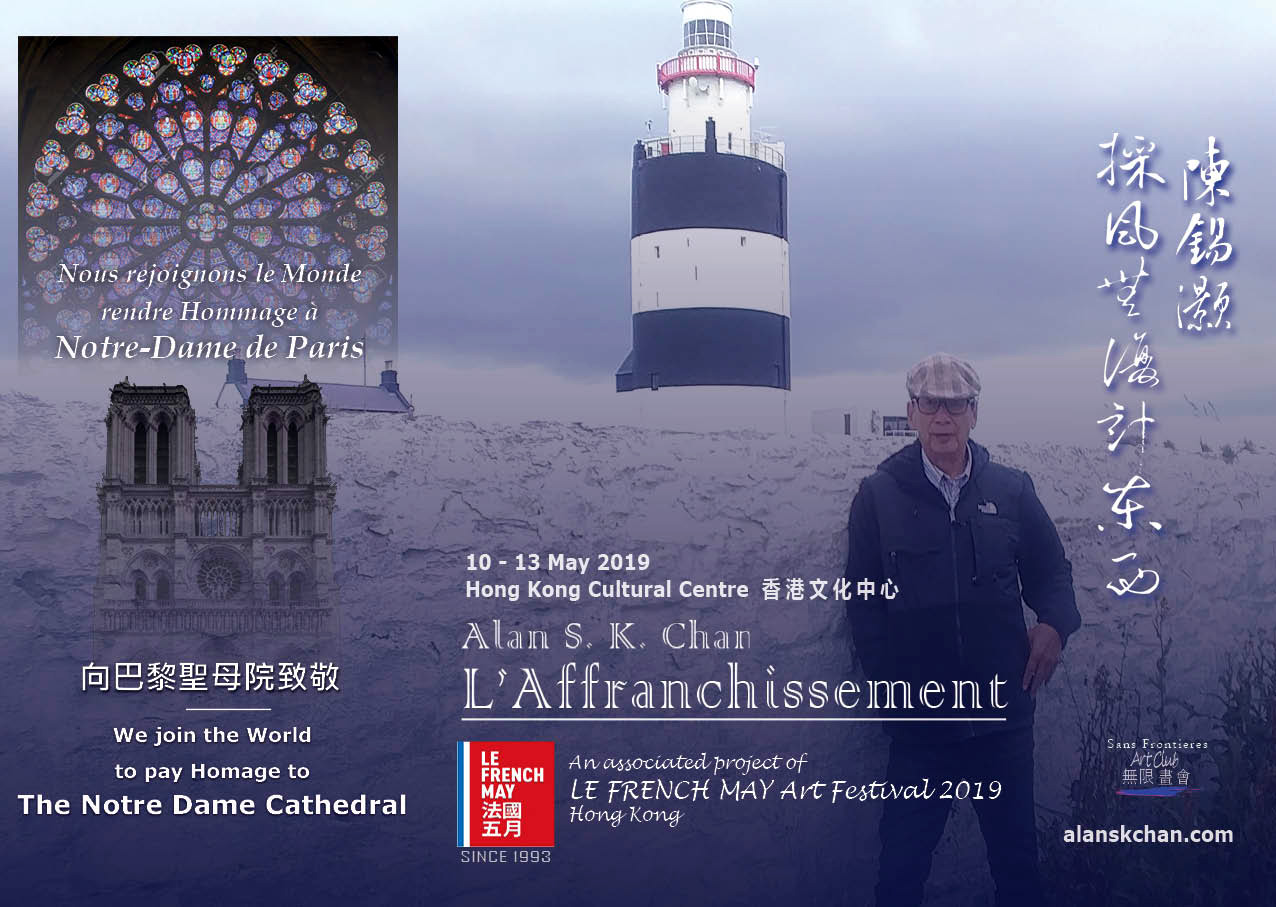about the Artist
Images that Unfold in the Tapestry of our Existence
Chan Sik Kyin, born in Guangzhou, China, and raised in Hong Kong is an artist whose work is a testament to the poetry of everyday life. Born in 1945, he has spent a lifetime captivated by the dynamic images that unfold in the tapestry of our existence. The bustling fishing village with dragon boats slicing through the foggy sea, the heart-pounding sight of a jumbo jet soaring over rooftops to touch down at Kai Tak Airport in Kowloon—these moments have fueled Chan's artistic journey.
For Chan, the world is a canvas painted with the hues of direct sensory experience, which he then transforms into art infused with spirituality and abstract thought.
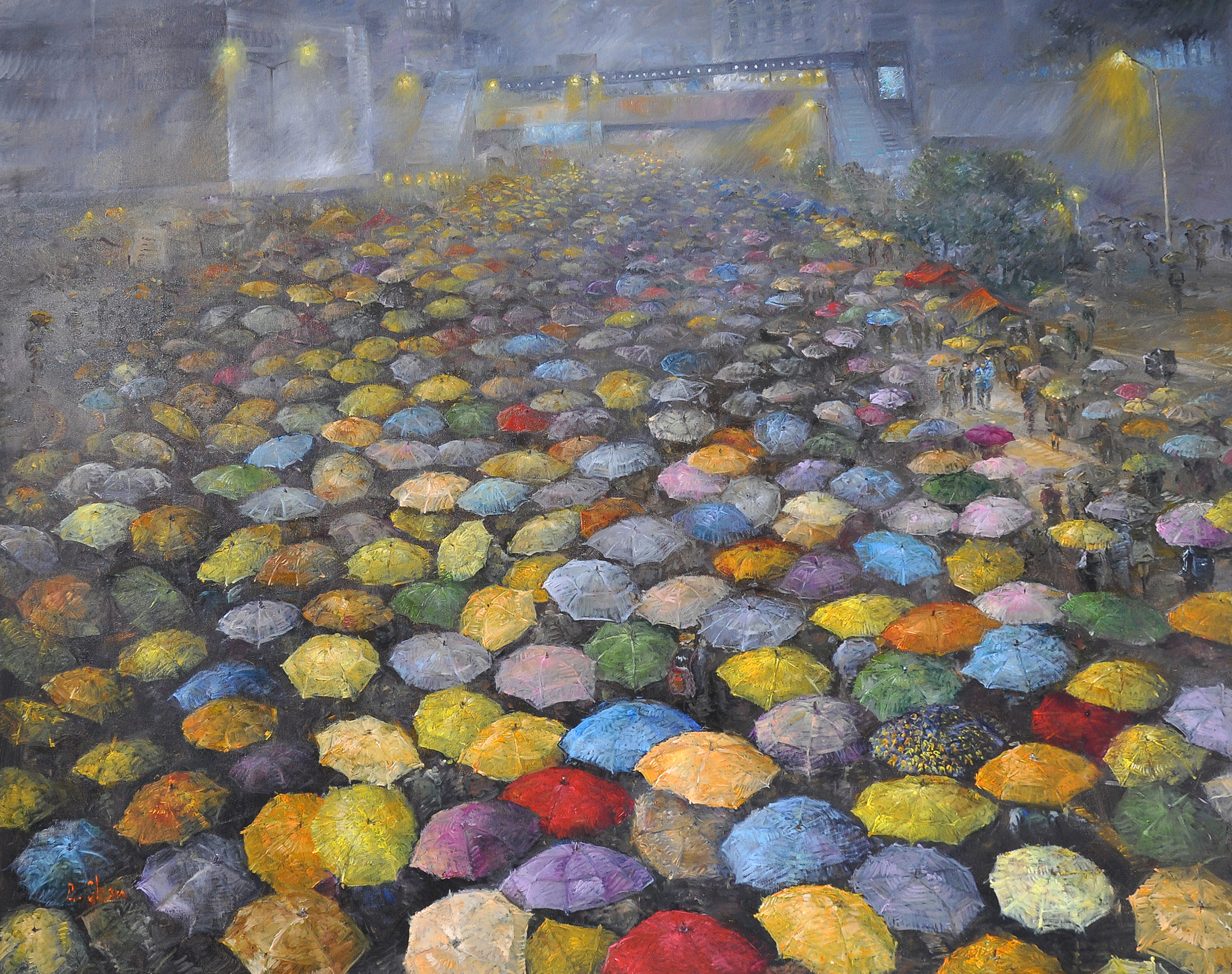
Chan's creative process is one that bridges the gap between reality and abstraction, where the vibrancy of life becomes a symphony of brushstrokes and colors that seduce the viewer into an ever-shifting equilibrium. His works illuminate the inherent humor and vulnerability within the movement and convey the unceasing quest of humanity.
Celebration of the Extraordinary within the Ordinary
While Chan is a self-taught artist, his education was the world itself, from the bustling streets of Hong Kong to the hallowed halls of museums and art galleries. His journey eventually led him to France, where he not only settled as an architect but also nurtured his passion for painting. His works have graced the walls of galleries across the globe, from Paris to New York, San Mateo to Vienna.
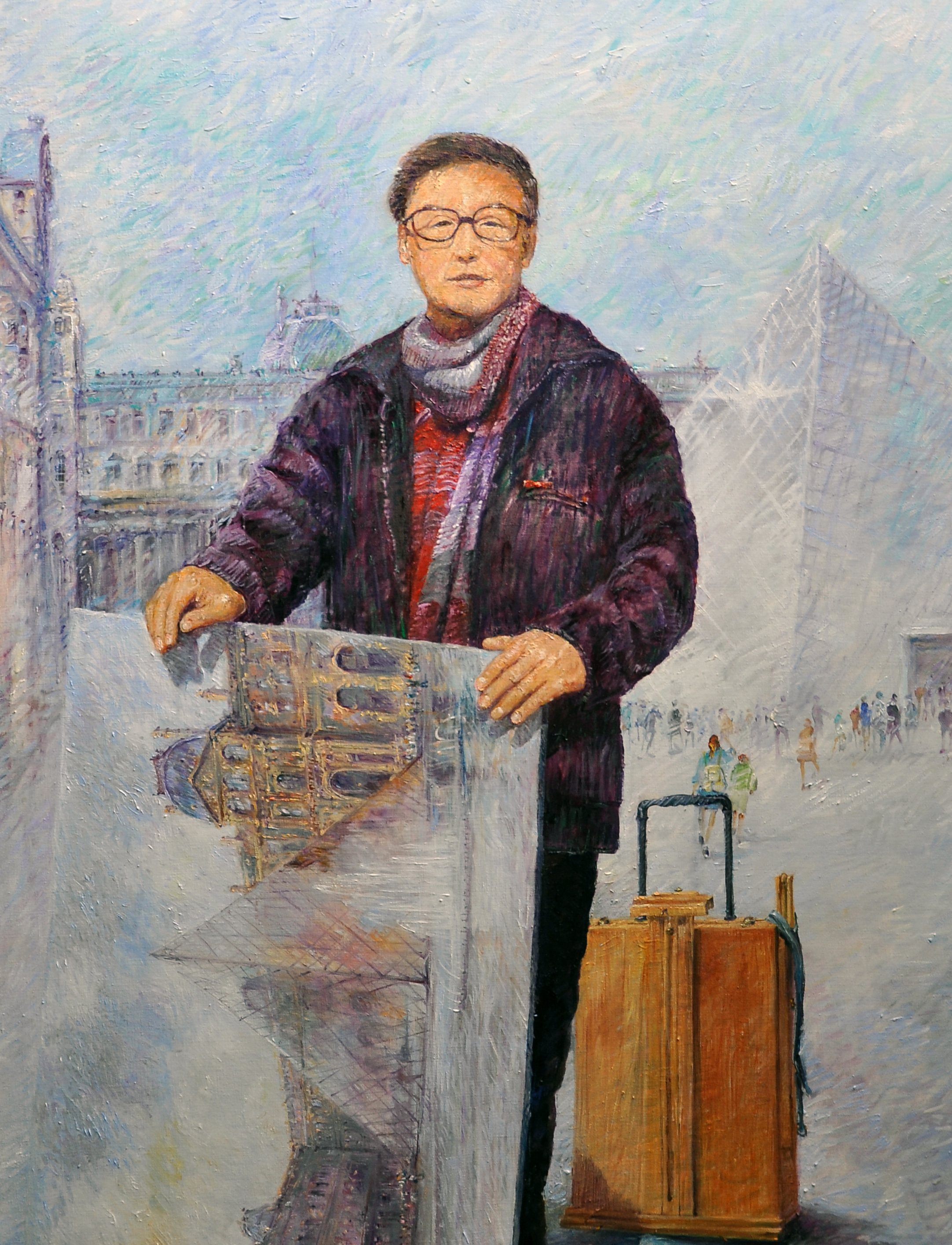
Retiring from his professional life in 2006, Chan embarked on a new chapter as a full-time artist, culminating in his 2016 Hong Kong exhibition and the publication of his first art book, "When Face to Face with a Modern Art." His art is a symphony of warm and latent passion, offering moments of disconcerting beauty that invite viewers to explore the intricate layers of meaning within.
Chan's art is a celebration of the extraordinary within the ordinary, a testament to the enduring power of creativity, and a reminder that life's most poetic moments are often found in the everyday. Today, he continues to infuse his art with vibrancy, residing and working in the artistic heart of Paris.
中文 |
Français |
陳錫灝
CHAN Sik Kyin
"Mon travail n'a rien à voir avec l'idéologie du mouvement des parapluies", a-t-il répondu à la question de la motivation à partir de laquelle l'œuvre d'art a été créée.
"À ce moment-là, j'ai juste vu une scène énorme devant moi, montrant un nombre énorme de parapluies colorés en mouvement, et j'ai immédiatement réalisé que c'était un phénomène esthétique sans précédent qui ne devrait être ignoré par aucun artiste."
En remettant en question le concept de mouvement, Chan se concentre sur l'idée d '«espace public» et plus précisément sur des espaces où n'importe qui peut faire n'importe quoi à tout moment: l'espace non privé, l'espace non propriétaire et l'espace économiquement peu intéressant.
Ses œuvres isolent les mouvements des humains et/ou des objets. Ce faisant, de nouvelles séquences sont créées qui révèlent une relation inséparable entre le mouvement et la couleur. En appliquant l'abstraction, il séduit le spectateur dans un monde d'équilibre continu et de l'intervalle qui articule le flux des événements quotidiens. Des moments sont dépeints qui n'existent que pour ponctuer le drame humain afin de clarifier notre existence et de trouver un sens poétique dans la vie quotidienne.
En mettant l'accent sur l'esthétique, il trouve que le mouvement révèle une maladresse inhérente, un humour qui fait écho à nos propres vulnérabilités. L'artiste considère également le mouvement comme une métaphore de l'homme qui cherche continuellement et qui subit une perte continue.
Les conceptions de son travail rayonnent parfois d'une passion chaleureuse et latente. Parfois, une beauté déconcertante émerge. La séduction visuelle inhérente, ainsi que la concision des expositions, compliquent encore la réception de leurs multiples couches de sens.
Autodidacte, Chan a commencé à peindre comme moyen de satisfaction personnelle. Néanmoins, il considérait les musées et les galeries d'art, qu'il visitait souvent, comme des salles de classe alternatives. Il a reçu son éducation à Hong Kong, à Taïwan, puis en France, où il s'est finalement installé et a commencé sa carrière d'architecte à Paris. Dans ses temps libres, Chan s'est principalement consacré à sa passion pour la peinture.
Ses œuvres ont été exposées à Paris, Belmont, New York, San Mateo et Vienne. Chan est également l'auteur de "Les charmes du jade", "Un automne à Paris", "Les Cerfs-Volants" et d'autres.
Après avoir pris sa retraite de sa vie professionnelle en 2006, Chan a maintenu son esprit créatif en vie. Sa première exposition à Hong Kong a eu lieu à l'été 2016, et le premier volume de sa série de livres d'art "Face à l'art moderne" a été publié la même année. Sik Kyin Chan vit actuellement à Paris où il travaille.

